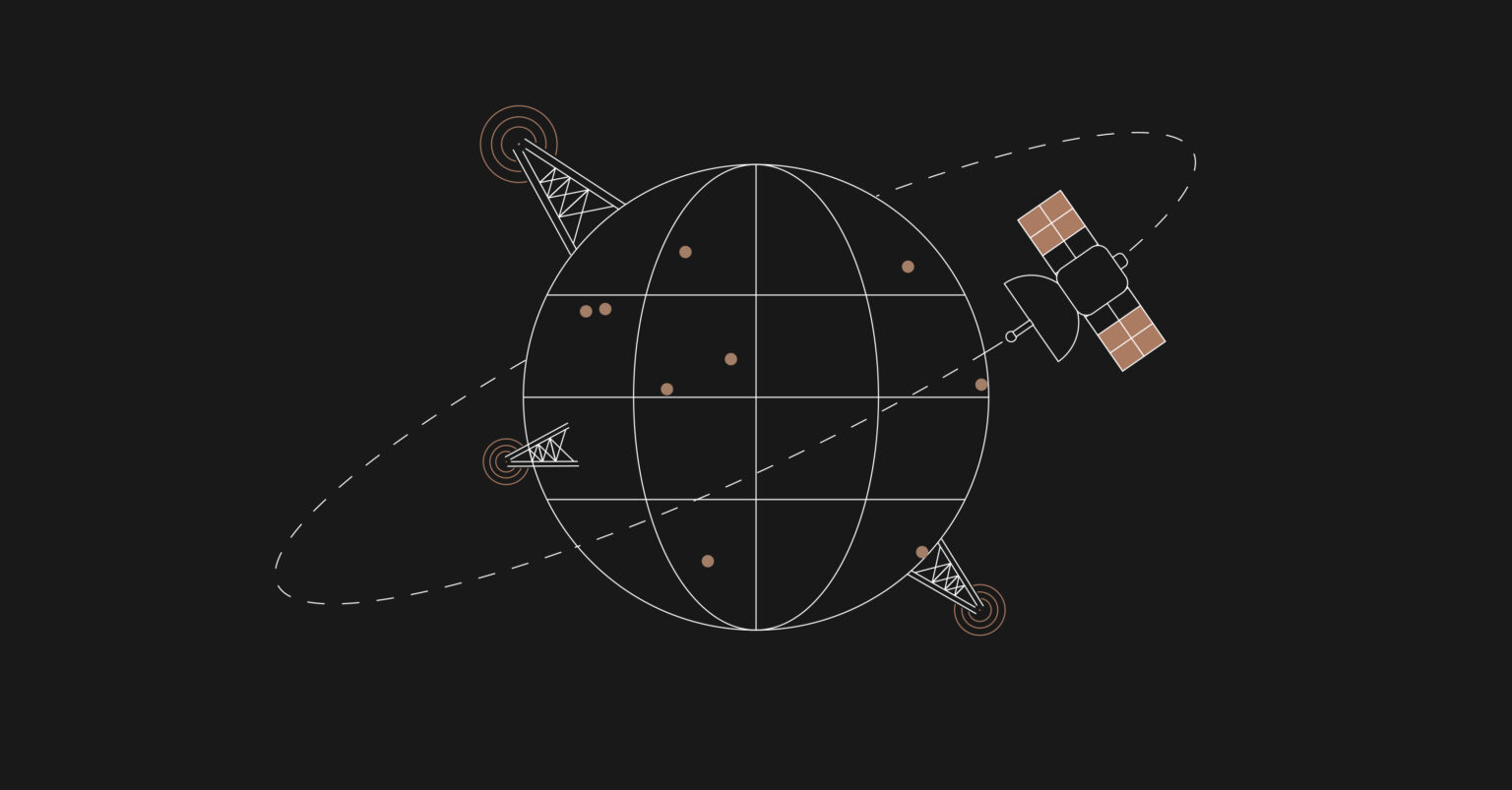Top 5 Tips for Choosing the Best IoT Connectivity Solution
Referring back to our perfect IoT device having the smallest size, the best coverage, magically low power consumption, oodles of bandwidth and a rock bottom price, which connectivity option should you pick?
1. Size:
For the smallest possible device covering the longest distances, with the most reliability, without investing a lot of time and money into antenna and product design, it has to be Cellular. If the requirement is ‘small’ rather than ‘smallest’, then LPWAN definitely deserves some consideration.
2. Coverage:
Local and regional deployments with a high(ish) density of devices may well be served with NB-IoT or managed / private LPWAN networks. For true global connectivity outdoors, including oceans, it needs to be Satellite. For everything else, Cellular (LTE-M / 4G) is almost always the best option (with a 2G fallback if required).
3. Power:
LPWAN /NB-IoT just about wins this one, but unless you’re pushing for updates as frequently as possible, then the power used in transmission becomes negligible in comparison to other power drains (notably GPS and sleep current). In terms of a Power + Deployability metric, Cellular (LTE-M / 4G) is the way to go.
4. Data:
My recommendation here is to opt for Cellular. This stems from the need to update devices OTA (over the air). Unless you’ve had a product in production for 3 years, you’ll likely need to push out firmware updates. Not to mention systems that can’t be updated are a terrible security vulnerability.
5. Price:
LPWAN wins here, but I would argue that the difference over 5 years of ~$5-20 between LTE-M and LPWAN / NBIoT is pretty small once you’ve included software and admin costs over that time.


